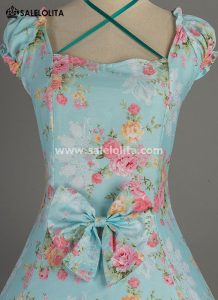Throughout history, fashion has been a clear reflection of social structures and cultural evolution. The stark distinction in clothing trends is particularly evident when comparing the simple attire of medieval peasant girls with the elaborate Victorian era dresses. Understanding the lives of these young females in the medieval times requires an in-depth look at their customary clothing, which, by all means, was a far cry from the grandeur of styles that flourished in later centuries.
Medieval times, spanning roughly from the 5th to the late 15th century, presented a society where clothing was a direct manifestation of one's social status. For peasant girls, garments needed to be functional above all else. Their typical attire included a very basic form of dress, known as a kirtle, usually made from rough, undyed wool. The kirtle was often worn with a belt to hold up stockings or to tuck in a pouch for carrying small items.
Unlike the high-quality materials used in Victorian era dresses, peasant fabrics were more about durability and practicality. Linen, made from flax, was commonly used for undergarments, while wool served as the primary fabric for outerwear. These materials could withstand the daily rigors of peasant life, which included farming, animal care, and other labor-intensive tasks.

Colors were notably muted, primarily because the dyes available to this class were limited. Unlike the vibrant hues seen in Victorian dresses, peasant attire was usually brown, beige, or gray. These colors were the natural shades of the fabric or were derived from cheap, locally-sourced dyes.
Headwear for peasant girls was typically a simple coif, wimple, or kerchief, used to keep hair neatly away from the face during work. These pieces were also functional, serving to protect their heads from the sun or dirt.
In stark contrast, the Victorian era, which came centuries later, saw significant advancements in textile manufacturing and dyeing techniques. This period, covering the reign of Queen Victoria from 1837 to 1901, was characterized by distinct fashion trends for women, including victorian era dresses known for their tight corsets, voluminous skirts, and elaborate embellishments. These dresses, often made from sumptuous fabrics like silk, satin, or velvet, were dyed in bright colors, a testament to the societal status and wealth of the wearer.
The difference between the clothing of medieval peasant girls and Victorian women also mirrored the societal changes over the centuries. Where medieval peasants were bound by survival, the Victorian era showcased industrial progress and a burgeoning middle class who could afford luxuries in clothing.
By understanding these nuances, we grasp how fashion has been historically intertwined with societal structures. The simplicity of medieval peasant girl attire and the opulence of Victorian dresses represent more than just sartorial choices; they are living narratives of their respective era’s social, economic, and cultural fabric.